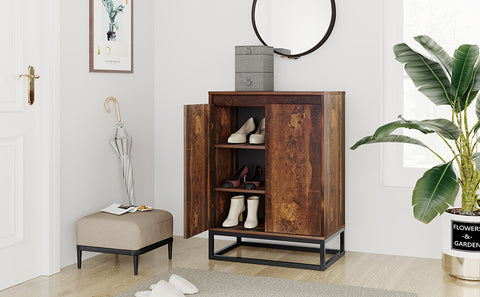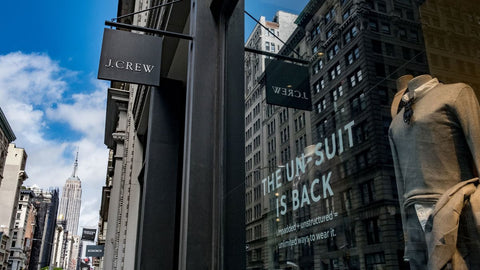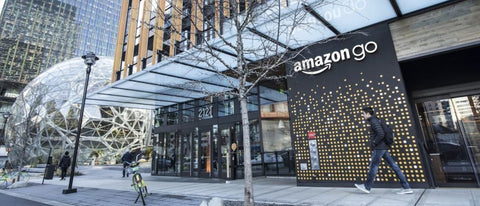The start-up company that provides back-end services to retailers said that during the Coronavirus epidemic, many physical retailers considering moving to the Internet took action at an alarming rate.
The start-up company that provides back-end services to retailers said that during the Coronavirus epidemic, many physical retailers considering moving to the Internet took action at an alarming rate.
Shopify is launching new services for retailers and entering the food retail industry. This upstart is currently trying to use the disruption caused by the new coronavirus pandemic.
As the commercial street enters a dormant period, retailers have turned to Shopify to provide back-end services. Since early April, the market value of the Canadian-based company has more than doubled to more than $ 80 billion.
Despite the long-established US retailers J Crew and Neiman Marcus filing for bankruptcy earlier this month, Shopify's first-quarter revenue grew 47%, exceeding expectations.
"The retail world that would not be formed until 2030 will appear in 2020. In the past 8 to 10 weeks, brick-and-mortar retailers considering moving online have taken action at an alarming rate," Harry, Chief Operating Officer of Shopify Finkelstein (Harley Finkelstein, see the first picture of the article) said.
"It feels a bit like the stories of the two retail worlds. Traditional retailers-Neiman Marcus, Barneys and J Crew-are no longer there because they don't adapt fast enough."
Shopify announced more services for retailers on Wednesday, including options for small shops to set local delivery areas and calculate optimal delivery routes, as well as financial functions to help them manage cash flow.
The global blockade has brought retailers online, "Frankly, we have never really considered some of them as part of our entire potential market," Finkelstein said. This is a business we have never developed before. "
 Shopify announced more services for retailers
Shopify announced more services for retailers
Restaurants have also begun to use Shopify as a supplement to traditional takeaway income by providing convenience dishes, wine lists and recipes.
Shopify itself does not provide delivery services, but the company is building a warehouse and logistics network to compete with Amazon.
Over the past year, dozens of retailers have signed up to participate in the trial run phase of the Shopify Fulfilment Network; the network has expanded to seven nodes in the United States and recently entered Canada. Currently, the company is "actively accepting" applications from more stores.
Finkelstein warned that the launch of this service will take another four years to complete, but he said that the ability to use services such as automated warehouses will create a “fair competition for big shops such as Amazon and Walmart” environment of".
"We can build a network as if we were the second largest online retailer in the United States, and then let small businesses directly share economies of scale instead of leaving it to ourselves," he said.
Although the company is happy to provide services to more than one million retailers behind the scenes, it is now beginning to attract more public attention. The company recently launched an app called Shop, which consumers can use to track orders made to retailers on the Shopify platform and find their new local stores.
"I didn't say that we are becoming a consumer brand, but we are expanding the scope of our business slightly," Finkelstein said.
He said that there are "no plans" to launch a service similar to Amazon Prime in the "near future"-customers pay an annual fee and enjoy unlimited delivery services in Shopify stores. "In that case, it feels like we are a retailer," he said. "If we do that, we will become a bazaar-that is not our positioning."
In the longer term, he said, as the new crown epidemic comes at an economic cost, Shopify ’s diverse network will help it survive any weak consumer demand.
"No specific industry, trend or merchant dominates sales or revenue," he said. He also admitted that clothing is one of its largest market segments. "This is a long-tail business model."
He added that the epidemic may return consumers from focusing on experience to focusing on physical products. "As consumers, because it is no longer possible to enjoy the experience, we are again turning to focusing on the real thing," he said.
- END | Previous Articles -
Top 10 Best Double Door Wood Cabinet of 2020


0 comments




